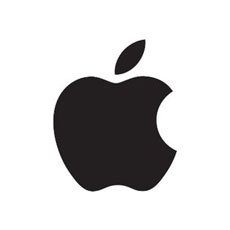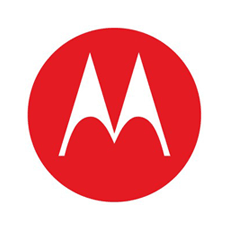What's good
- Vibrant display
- Plenty of internal storage
- microSD support
- IP68 water and dust resistance
- Good camera
- Premium design
What's bad
- Low-light camera use requires a steady hand
- Older version of Android (6.0 Marshmallow)
What's good
- Plenty of storage
- Detailed screen
- Solid performance
- microSD support
- Fingerprint scanner
- Dual-lens camera
What's bad
- Aspect ratio not supported by all apps and services
- Multiple regional variants
What's good
- Detailed and crisp display
- Premium build and feel
- Great phone for the price
- Good color reproduction and details in daylight photos
- Relatively smooth performance
What's bad
- Display doesn’t have great contrast
- Low light photos have noise and color degradation
What's good
- Fast everyday performance
- Sharp, colorful display
- Dual-camera produces detailed images
- Good low-light camera performance
What's bad
- No oleophobic coating leads to grimy screen
- Game play not as smooth and fast as expected
- Lower contrast display
What's good
- Exclusive color options
- Plenty of storage
- Great performance
- Bright screen
- Powerful, dual lens camera
- Price
What's bad
- 11GB+ of storage reserved for system
- Weak speaker
- Fingerprint gestures are a personal preference
- Some finishes are slippery
What's good
- Future-proof features and performance
- Blazing performance
- Stunning design
- Gigabit LTE support
- MicroSD support
- Plenty of internal storage
- All-day battery life
- QuickCharge and wireless charging support
- Crisp, vibrant display
- Great camera (even in low lighting)
What's bad
- Slippery finish
- Darker colors are fingerprint magnets
- Hard-to-find fingerprint scanner
- Screen measurement might mislead
What's good
- Good picture quality
- Bright display
- Plenty of storage
- Great design
- Android 7.0 Nougat
What's bad
- Slow camera interface
- So-so battery life
- Lower screen resolution than competition
- Lots of pre-installed apps
What's good
- Excellent physical keyboard
- Sharp display
- All-day battery life
- Plenty of storage
- Decent camera
- Attractive design
What's bad
- Weak low-light camera performance
- Odd screen ratio for video watching
- Poor gaming performance
- Price
What's good
- Plenty of storage
- Huge battery
- Optical zoom
- microSD support
- Solid performance
What's bad
- Old Android version
- Bloated UI skin
- No Band 12 LTE support
- No NFC





















